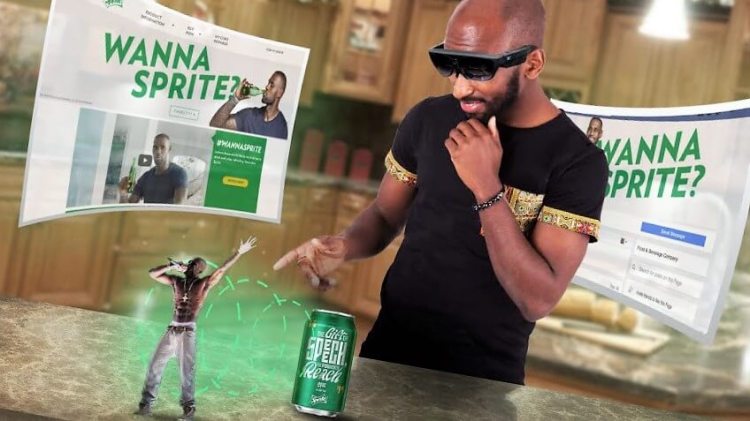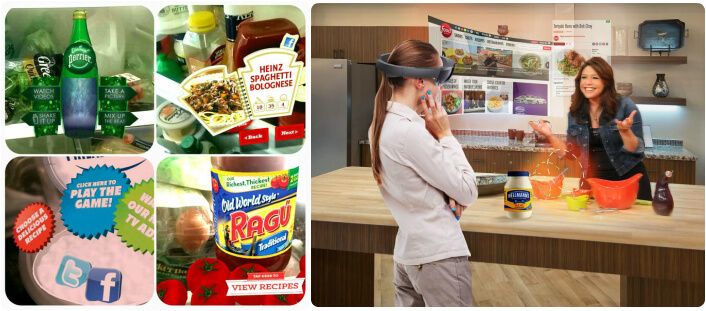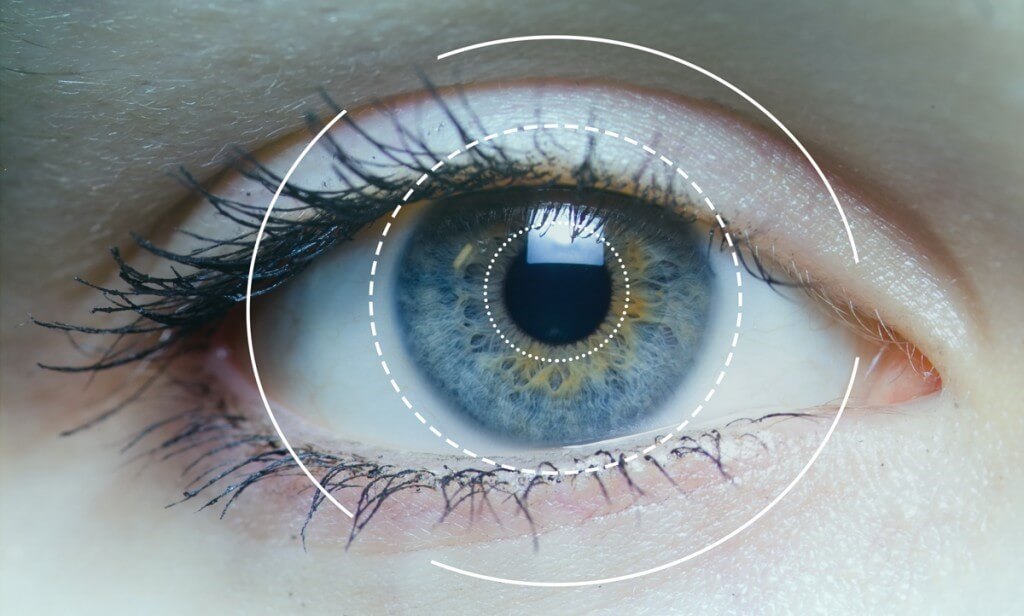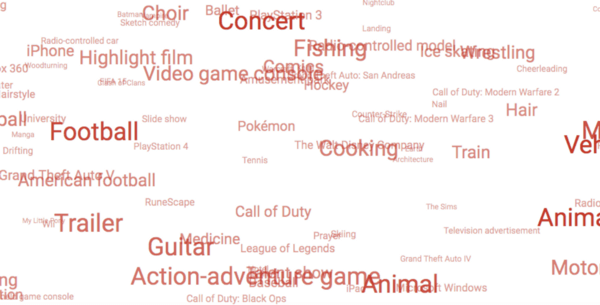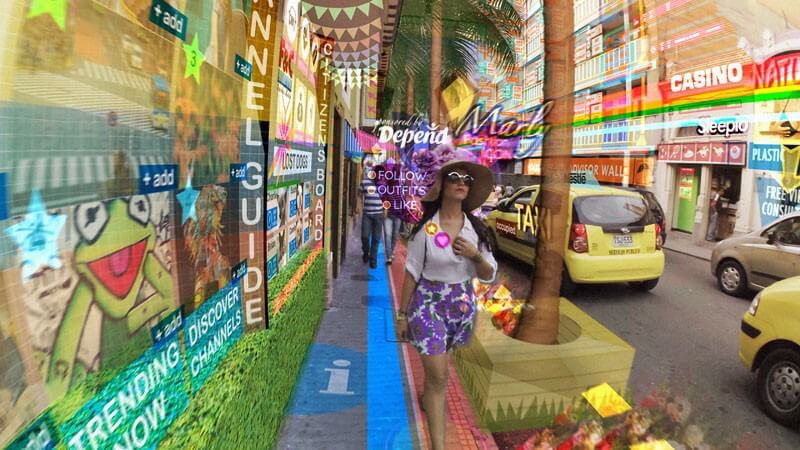Are brands ready for mixed reality?
The answer is a resounding no! Fortunately, there’s still time left to prepare for one of the biggest digital transformations of all time. Reports suggest that a collection of the world’s leading tech companies, including Microsoft, Apple, Samsung, Huawei, LG, Acer, Intel, Meta, Magic Leap, and ODG are all planning to double down on mixed reality (MR) this year by bringing affordable devices to the masses.
In particular, excitement continues to grow over speculation that Apple may be ready to unveil its MR device in the coming months to coincide with the 10-year anniversary of the iPhone.
Tim Cook has recently made bold statements about augmented reality (AR), indicating his company will have a major horse in the race. Many analysts believe that horse will be the dominant front-runner.
‘AR is going to be as important as eating three meals a day, and once it’s arrived, we will wonder how we ever lived without it, similar to how we feel about our phones’ – Tim Cook
If rumors are true, Apple could instantly flip the switch on mixed reality and seed the globe with first-weekend sales that potentially exceed 40-60 million units, based on prior iPhone launch statistics. Having AR-capable devices delivered at such speed and scale would certainly send both brands and consumers into a frenzy over the immediate demand for readily available content. (This is the same issue we are currently seeing with VR.)
‘Users will start expecting brands to have mixed reality experiences in 2018. The big money will show up in 2020’ – Robert Scoble
To prepare, every brand needs to have an AR strategy now!
Some unique brand benefits:
Products become “Always On” digital media channels
- Products and objects will extract valuable and unique consumer data sets
- Spatial mapping and eye sensors will allow brands to “see” much further
- Targeting and retargeting capabilities will become more precise and relevant
- Engagement rates and dwell times will tip the scale
- Engagement and exposure will trigger increased consumer spending on goods
Products = next-gen websites and portals
Consumers will soon ditch today’s clunky devices in favor of mixed reality glasses with spatial computing powers. These new lenses will pull up interactive 3D holograms, games, websites, video, telecommunications, virtual desktops, and much more.
What this means for brands is that products and objects are going to become next-generation websites filled with 3D content that users can touch, hold, speak to, and learn from. This entirely new medium will give brands and advertisers the ability to engage with – and learn about – their consumers in ways that never existed before. It will close the gap between the physical and digital, allowing brands to create platforms and communities that far exceed limitations posed through today’s existing media channels. This will also profoundly impact product sales, brand loyalties, and consumer engagement at unimaginable rates.
As adoption ignites and MR becomes scalable, consumers will soon expect digital content from every product they come in contact with.
For example, a Coca-Cola product will now deliver a realistic 3D gaming, music, or sporting event experience. Food products like Hellman’s Mayonnaise or Extra Virgin Olive Oil will be able to deliver exclusive 3D recipe tutorials given by a Rachel Ray hologram (You may even want to hold and interact with a 3D catalog of her cookware set). Many of the items that make it into your grocery cart will have digital discounts and product benefits displayed straight from the package as you walk down the aisle and shop.
For brands, mixed reality means that everything in the world can now become a media channel and ANY creative concept imaginable can be executed.
Next-gen search engine = visual search
Because we will rely on these new MR glasses for practically everything we do, and because we could potentially wear them throughout most of our day, there will be a significant increase in the amount of content we consume on a daily basis. For brands, this could mean more advertising opportunities that allow them to capture — and learn from — behavioral data.
Ultimately, however, this will also mean that trillions of physical objects in our world must be indexed in order to have some type of relevant content associated with them. So how will all this messaging and content be segmented so that it’s delivered in all the right places and to all the right audiences?
Eye Tracking
This is certainly not a new feature; Samsung has included eye tracking in its phones for several years, but it’s quickly becoming a very important ingredient in mixed reality headsets. Eye-tracking technology has seen heavy investment from the world’s largest tech companies, including Google (Eyefluence), Apple (Primesense), Facebook (The Eye Tribe), Microsoft (in-house development), and several others. This means MR devices will have the ability to track exactly where and what you are looking at.
Machine Learning
In addition to understanding where you are looking, a computer’s ability to determine what we are actually looking at is another important factor. [In simple terms, machine learning is when a computer is trained to act based on recognizing patterns rather than being explicitly programmed.] The more examples a computer sees, the better it gets at understanding what it’s seeing.
Coupled with advanced computer vision, eye tracking and machine learning are vital ingredients for implementing the next-generation of “visual” search engines.
Below is a word cloud taken from a massive dataset that Google and YouTube-8M recently released for developers to help facilitate machine learning capabilities.
IoT in mixed reality = the ‘Internet ON Things’
Imagine the ability to look at your dog or cat and instantly activate important information needed to care for your pet. You might learn about nearby veterinarians and dog parks or research and purchase Purina pet supplies straight from Amazon Prime. Data collected will allow further content to be contextual and precisely targeted back to your dog’s breed, age, gender, exercise habits, diet, etc. There will even be content and virtual products that you can hold and interact with through hand gestures within this new search interface.
Brand marketing in Visual Search will become incredibly intuitive, establishing personal and emotional connections with consumers like never before.
Data collection and ad targeting
Brands will collect BIG data within our personal environments.
With most recent technological advancements, there are concerns about privacy and the collection of data. What’s being collected, and who knows what about us? Mixed reality will have its share of privacy concerns. Who will initially own and distribute this data is still a big question.
Because MR devices work by scanning and mapping our physical spaces, the amounts of data collected within our personal environments will be staggering. Soon marketers and corporations will be able to actually “see” into consumers homes and gather knowledge they can leverage by targeting ads and products with pinpoint accuracy.
For example, the baby high chair in the background will likely be indexed and stored as meta-data somewhere in the cloud while you are busy trying out new sofas from a 3D IKEA catalog. When passed off to marketers, that data will let retailers like Target, for example, understand there are young children in your household, paving the way for targeted ads, products, and content options from Gerber, Huggies, Fischer Price, etc. But remember, much of this content can be delivered in a more immersive way, making it desirable and helpful.
This type of marketing will be less perceived as spam than today’s web banners and pop-ups.
Spam and governance
Brands will now have the ability to leave content waiting for you, sitting on top of real-world objects and locations, similar to Pokémon Go. This can be done through geolocation, or by simply dropping pixels into previously mapped environments so that they can activate 3D experiences and branded content when viewed.
Much of the content we engage with through our new MR lenses will be content consumers actually want, so it will be pull-based through interactions with objects and products, becoming valuable to both the advertiser and consumer. But, as with all quality advertising and messaging, there will also be fierce competition by advertisers looking to push as much unwanted messaging directly within your line of sight as possible.
Because everything in the world will now become prime real estate for brand marketing, new filters and restrictions will need to be put in place and adhered to in an effort to protect consumers and their privacy. In a recent article, Behance founder and VC investor Scott Belsky offered five predictions for the future of tech (all of which I agree with). He suggests that ad blockers may be a suitable solution for these concerns. He also cites the need for industry governance through a professional association that can establish a clear set of rules and guidelines for advertising within the new world of mixed reality.
Brands should start with mobile AR in 2017
While we await further news surrounding advancements and mass market distribution plans for these highly anticipated first-gen MR devices, mobile AR is still the best solution for brands looking to test and learn for the short term.
The good news is mobile AR has been around for a number of years, and unbelievable innovation already exists that can be readily implemented at mass scale, with a sizable number of solutions to choose from. Now is a great time for brands to start developing strategies and learning what works with consumers and what doesn’t so they are ready to make the transition and to commit to longer-term investments when the optics market ignites.
 Keith Curtin is an Entrepreneur, Brand Marketing Executive & Founder of See Digital, a consultancy firm specializing in augmented reality, virtual reality & mixed reality. He has recently been named #1 on Onayltica’s “Augmented Reality Top 100 Brands & Influencers” list. Keith has consulted with hundreds of Fortune 1000 global brands to develop and execute their first augmented reality & mixed reality campaigns including: Coca-Cola, Pepsico, Dr Pepper Snapple Group, Nestle, Kraft Foods, Kellogg’s, Mondelez, Mars Foods, Disney, Nickelodeon, Walmart, Anheuser Busch, Heineken, LVMH, Diageo and many others.
Keith Curtin is an Entrepreneur, Brand Marketing Executive & Founder of See Digital, a consultancy firm specializing in augmented reality, virtual reality & mixed reality. He has recently been named #1 on Onayltica’s “Augmented Reality Top 100 Brands & Influencers” list. Keith has consulted with hundreds of Fortune 1000 global brands to develop and execute their first augmented reality & mixed reality campaigns including: Coca-Cola, Pepsico, Dr Pepper Snapple Group, Nestle, Kraft Foods, Kellogg’s, Mondelez, Mars Foods, Disney, Nickelodeon, Walmart, Anheuser Busch, Heineken, LVMH, Diageo and many others.
VentureBeat's mission is to be a digital town square for technical decision-makers to gain knowledge about transformative enterprise technology and transact. Learn More
